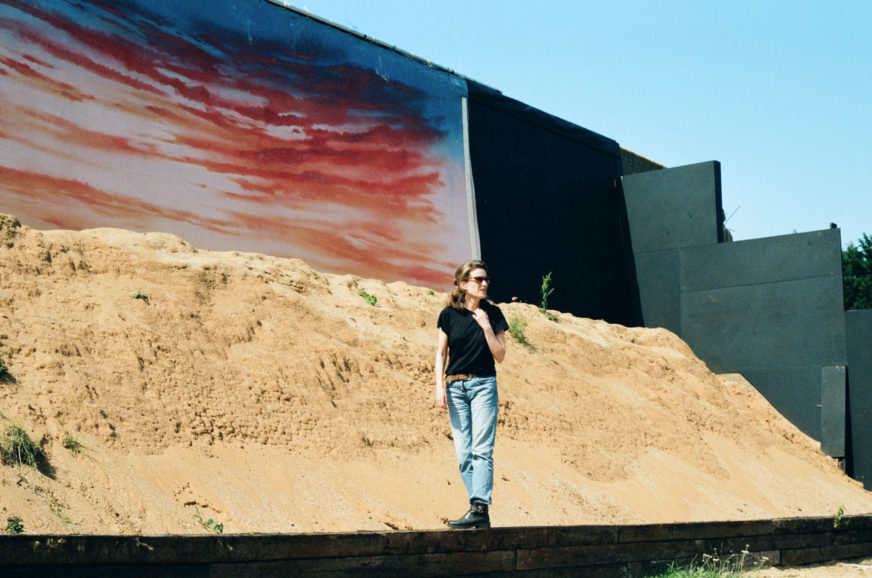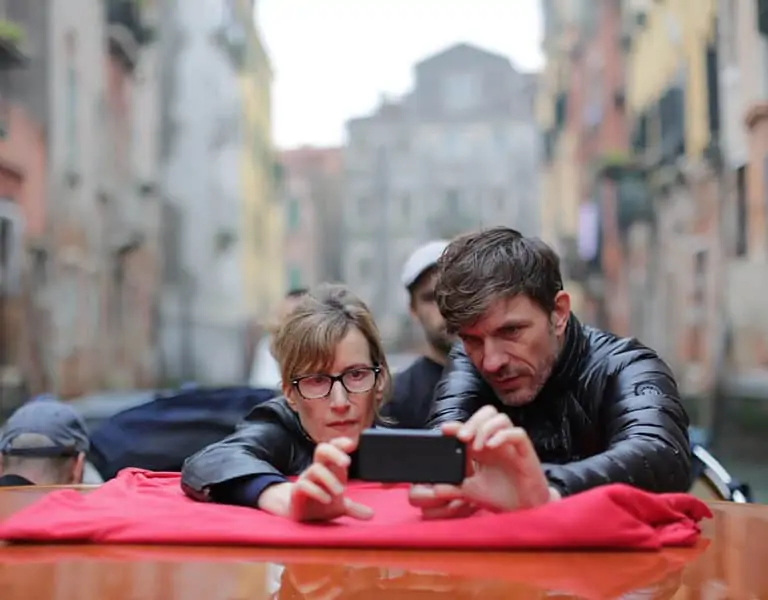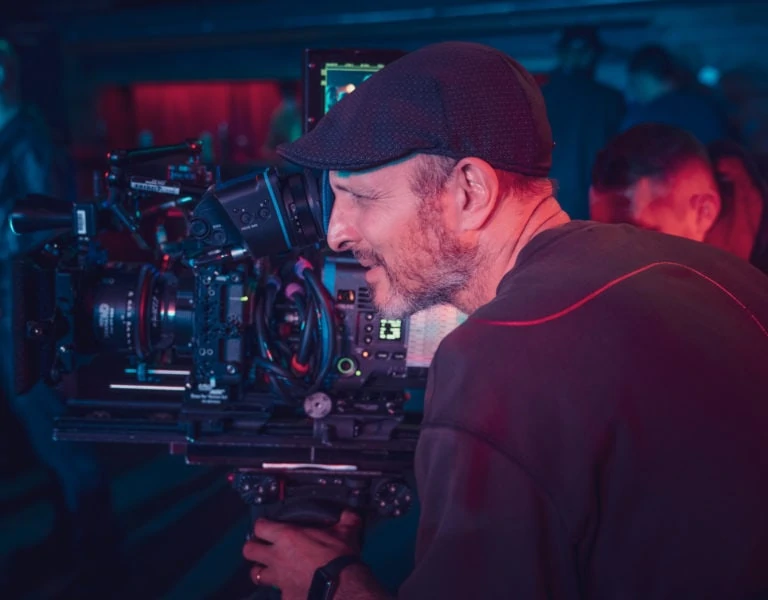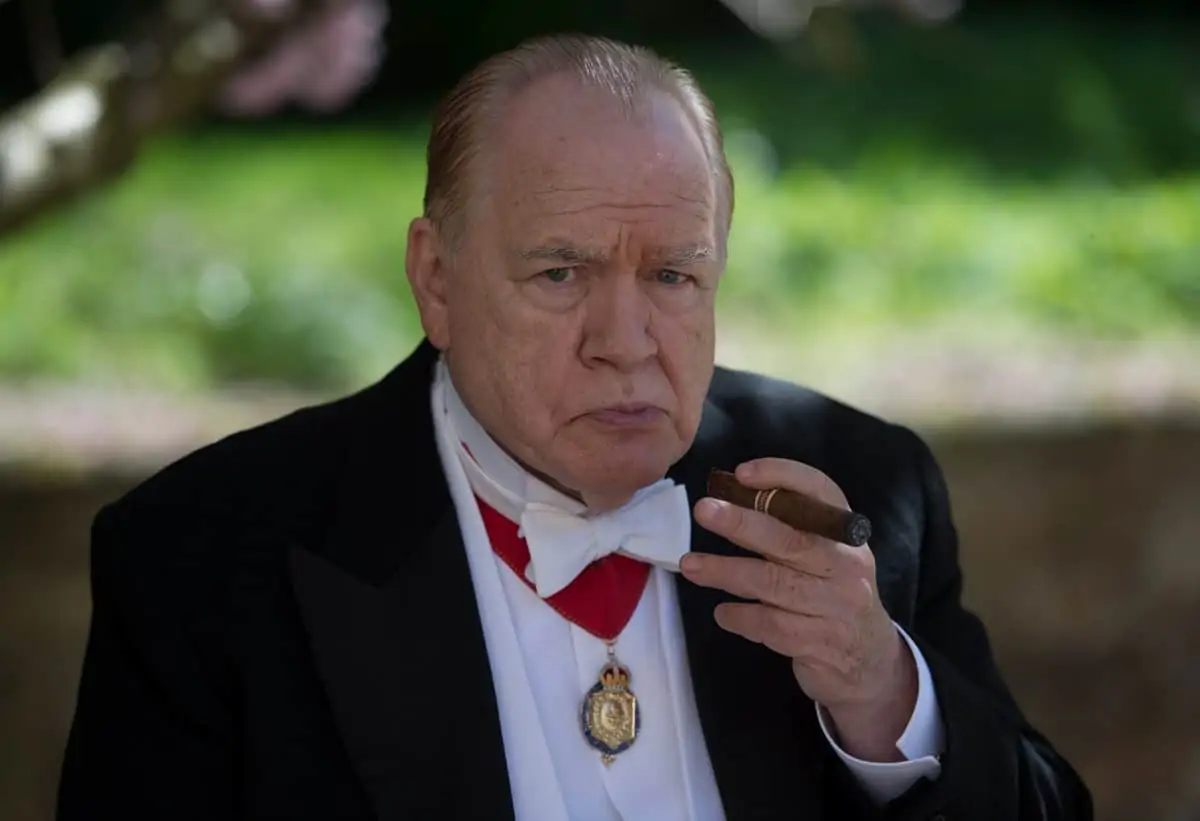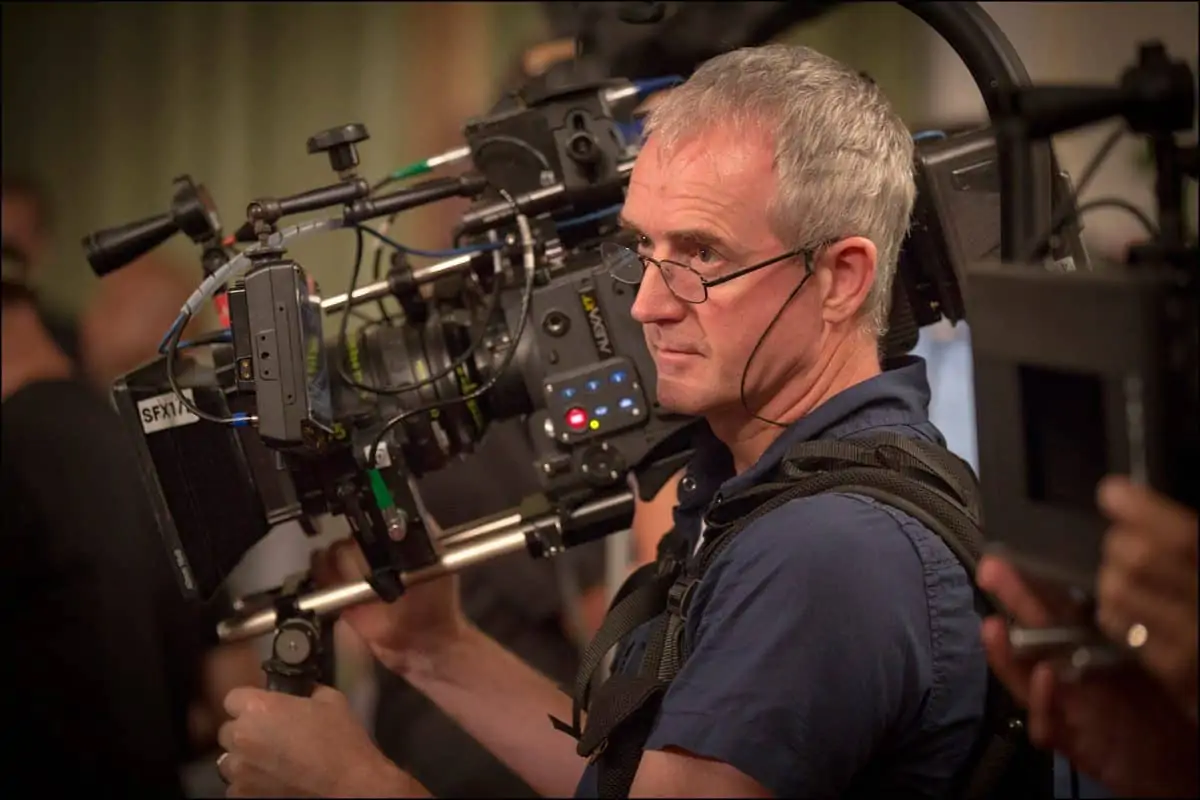ART IMITATES LIFE
A multi-layered tale drawn from personal experience unfolds on screen in The Souvenir: Part II, a film blending self-discovery and transformation, grief, and memory in almost hypnotic cinematic form. “It’s a Russian doll of sorts because it’s a film about filmmaking that intertwines many different perspectives,” says David Raedeker BSC about the production that his second collaboration with writer-director Joanna Hogg spawned.
The cinematographer was accustomed to Hogg’s abstract and improvisational approach, having lensed her mesmerising semi-autobiographical account of young love, The Souvenir (2019). Set in the early ‘80s, it centres around a whirlwind romance between film student Julie (Honor Swinton Byrne) and the charismatic and suave Anthony (Tom Burke). When the relationship becomes increasingly toxic and Anthony’s drug addiction is slowly revealed, it has a damaging impact on both their lives.
“I’d been impressed by Joanna’s work before we collaborated – she’s such a unique auteur,” says Raedeker. “There was no fixed script for The Souvenir – we were working with quite a loose synopsis of around 25 pages, interspersed with beautiful photographs and poems.”

The initial collaboration back in 2017 began with an exploration of The Souvenir’s central character, Julie, and the journey she would go on. It was deeply personal as it was based on Hogg’s experiences at film school. Raedeker was instantly drawn to this new way of working – improvisation with no fixed script or rehearsals. He was eager for a repeat experience when Hogg approached him again to shoot the second part in the intimate tale. The Souvenir: Part II continues the story in the aftermath of Anthony’s untimely death from a heroin overdose. It explores Julie’s journey of grief and self-discovery as she develops her artistic vision and finds her identity as a female filmmaker.
“By the second collaboration, I was already hooked and loved working with Joanna. It was such a fun, interesting, and thrillingly unpredictable journey to join her on,” says Raedeker. “With Julie’s character having been determined in the first instalment of the story, Joanna’s graduation film had a strong influence on how we approached the second part and how we blended elements of reality with expressionism.”
During the six-week pre-production, Hogg and Raedeker revisited the work of the writer-producer-director duo Emeric Pressburger and Michael Powell, whose expressionistic creations have been influential throughout Hogg’s career. They continued examining Julie’s psychology and how, compared to The Souvenir, which was focused more on intimacy, the sequel would chronicle Julie “discovering herself and finding her voice, which was especially important in the male-dominated culture at her film school.”
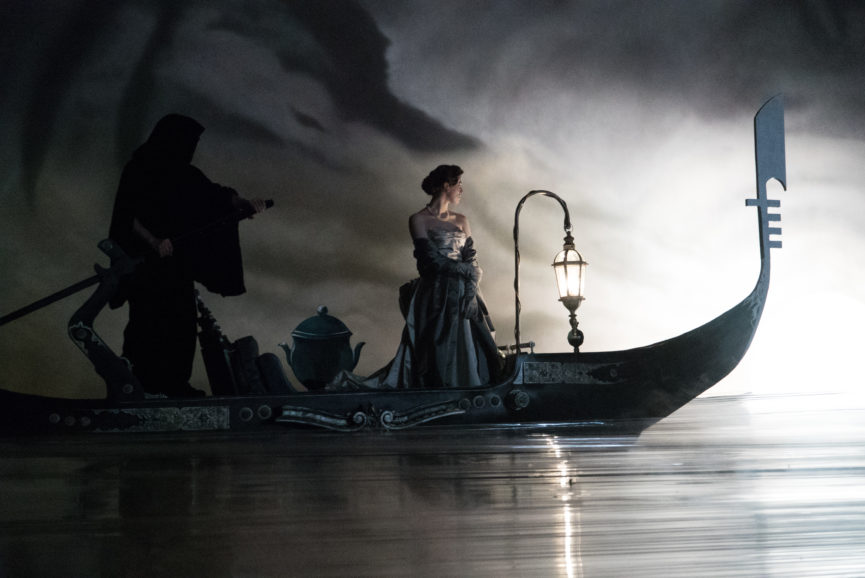
Aligned with Hogg’s preference to work in an intimate setting, the film was captured in a hangar in Norfolk, with everything from the expansive film set where a musical sequence plays out through to the film school setting being created there with an ‘80s Soho street corner constructed nearby. Having everything on site or within close proximity near the base helped overcome the challenge of shooting the film in script order.
Production designer Stéphane Collonge, Hogg, and Raedeker looked at how to divide the hangar space so it could cater for a multitude of environments, based around practicalities and how resources could be best utilised to create each setting within budget.
The trio also examined the role colour would play in the story, dividing the narrative into five parts – each one representing a different stage of grief – and selecting hues which would extend throughout the film. “We chose a different colour for each chapter, but they were very subtle. There might only be a prop in a certain colour used in a scene, which may not be obviously readable for the audience but was great for us to strive for in each segment.”
Despite the film being set in the ‘80s, Hogg highlighted she did not want it to feel like a period production. “She didn’t want that layer in front of the story. It had to be subtle,” says Raedeker. “Sometimes a period feel can help draw you in because it creates more of an abstract dream-like world, but we wanted a more direct experience and for the audience to identify with the character through a realistic approach.”

Blending formats
As a nostalgic reference to the way films were captured by students at the time the story is set, a 1.66:1 aspect ratio was chosen. Raedeker also took on the ambitious task of combining an enormous number of shooting formats: 16mm film; 16mm digital; 35mm film; 35mm film anamorphic; 35mm digital; Betacam; and Hi8. And, while about a quarter of The Souvenir was shot on 16mm film, a different visual language was adopted for Part II, with 80% captured in this way.
“It was fun to get the opportunity to work with so many formats and it was important that each one supported the story. We didn’t want anything to feel like a gimmick – it had to be subtle, and the formats’ textures had to emotionally support the themes,” says Raedeker. “When we’re in Julie’s world at film school, we use 16mm film and Julie’s student film was also shot on 16mm film. The film made by her friend who she admires, which was more glamorous and based around style over content, was shot on 35mm film on an old Moviecam Compact camera.”
The aspect ratio switches to 2.4:1 for a more theatrical musical sequence, which was shot in black-and-white and on 35mm anamorphic to show off the set. Raedeker and the crew then swapped to Betacam for some interview sequences and Hi8 for a student interview to “add a variety of textures”. When Julie is with her friends, a grainier texture is used compared to the cleaner look adopted when she is in more mature settings.

The cinematographer applauds the devoted members of his camera department for the variety of types of cameras they worked with. “Focus puller Stephen Cornacchia had to deal with a crazy number of systems. Footage had to be transferred from the old PAL system to the HD video system, we were using old film cameras which were often dusty inside, and pulling focus was completely different to when we shot on digital. Second unit DP Nick Gordon Smith, who also worked on the first film, brought his own sensitivity to the project and often returned with surprising material of nature and background action.”
The 16mm segments were shot on Kodak Vision3 500T 7219, Kodak Vision3 500T 5219 stock was used for the 35mm scenes, and Kodak Double-X 5222 was chosen for the black-and-white musical sequence, with scanning taking place at Cinelab London.
“Apart from its visual aesthetics, shooting on film brought a different dynamic and enthusiasm to the film set, which I sometimes miss, when I shoot digital,” says Raedeker. “The processing experience was so straightforward, once it was all scanned at Cinelab we had everything in a digital file to work with in post.”
For Raedeker, camera choice is based around practicality rather than it being an image-based decision “as the lenses and film stock play a large part in determining the final look.” On this occasion, he captured the 16mm scenes on the Arriflex 416. He used the Sony Venice for the digital footage such as the music video towards the end of the film and a long tracking shot when Julie enters a professional set for the first time. Take 2 supplied the cameras and lenses and accessorised the different camera configurations to manage the swapping of formats throughout.

With ARRI’s Ultra Prime Lenses being among Raedeker’s “favourite film lenses due to their soft feel, the way they respond to film material, and the blacks that can be achieved”, he shot most of the film with the glass, also shooting some scenes with Zeiss High Speeds, and 65mm Canon Zoom lenses when additional flexibility was needed. The Zeiss High Speeds were optically not as perfect as the Ultra Primes but added authenticity to the footage as they were the most used 16mm primes of that time.”
Rather than adopting a fly-on-the-wall methodology, Raedeker wanted to attain the desired realism for some scenes by capturing them mainly using fixed camera positions. Early on, he also recognised that the film’s multiple layers would lend themselves to different visual treatments. “The film became a collage of multiple levels of storytelling. For example, we treated the sequences focused on Julie making her graduation film in a similar way to a Pressburger film, with a more dream-like Jungian feel.”
While handheld moments lean towards realism and were vital to symbolise spontaneity and dynamism in line with specific points in the narrative, the more composed and smooth tracking shots were employed for the more “theatrical” sequences and to convey Julie’s maturity. Incorporating a long tracking shot was particularly important in the scene where Julie visits the set where ostentatious filmmaker Patrick (Richard Ayoade) is shooting a musical.

Choosing your moment
Initial nerves about filming without rehearsals or scripted dialogue soon transitioned into an exhilarating filmmaking process when Raedeker began lensing the first film. He enjoyed that way of working because it “forces you to really look when you’re shooting and choose your moments carefully”.
When following the same process to create Part II, for longer takes it was necessary to shoot with two cameras to capture scenes requiring a shot/reverse shot set-up. “That was interesting because when shooting on 16mm film you have 11 minutes before the mag runs out, so we did some mag changes during takes as well,” he says. “While one camera was still running, the mag in the other camera was quietly being changed and then it was all synched up using the timecodes.”
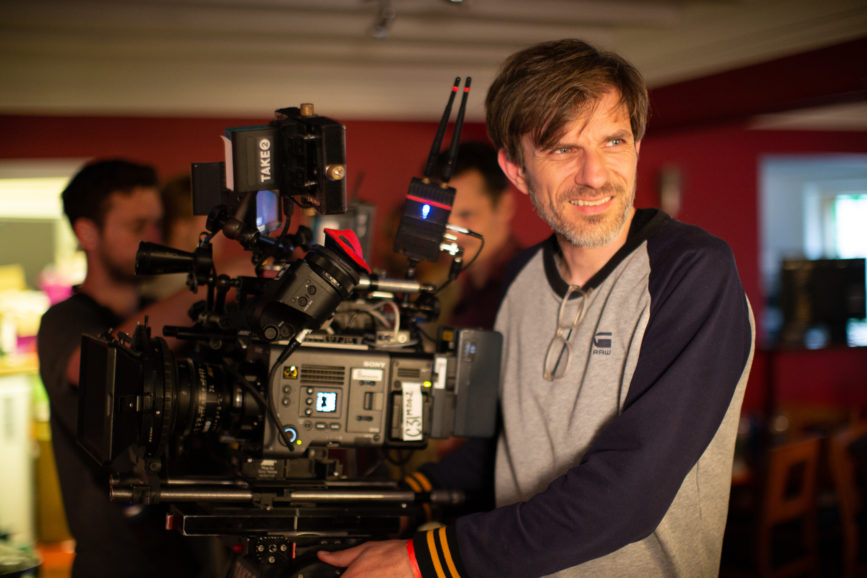
Close-ups to emphasise certain details were found after a scene was captured because often, due to the improvisational approach adopted, Raedeker would not always know what was most important to highlight when shooting the actors’ performances. Layering and separating the background and foreground elements was also essential when shooting the “film within a film”. As with some of Hogg’s previous films, some scenes were captured with the camera placed a distance from the characters’ faces, shot through a window, or with the set obstructing part of the view.
Raedeker praises gaffer Ben Manwaring’s skill and open-minded attitude towards the elements that could not be rehearsed. His ingenuity and experience ensured the lighting supported the realism and expressionism that were central to the film. When lighting the more expressionistic scenes, Raedeker and Manwaring tried to be bold and “incorporated traditional tungsten light sources such as 2k, 5k and 10kw fresnels that could be clearly read and were often combined with haze”.

When the story moved more into the realm of realism, LED lights were selected and often operated by dimmers to convey the feeling of changes in the weather, with key fixtures including ARRI SkyPanels in big soft boxes over the windows of the set and LiteGear LiteMats inside the set. “This also helped introduce a question mark as to whether a scene was in line with realism or constructed. We wanted to play with that threshold.”
The musical sequence was one of the most complex set-ups to illuminate, partly because the crew shot 16mm digital and used a long track to capture Julie as she walked through the set whilst also needing to film the black-and-white musical sequence, which was shot on film at 200 ASA by Erik Wilson BSC on a crane. “We shot the sequence of Julie on digital as opposed to film because we wanted a certain sharpness and a cleaner look compared to the scenes preceding it,” says Raedeker. “That part of the scene and the musical sequence had to be exposed correctly, so we needed to light for both.”
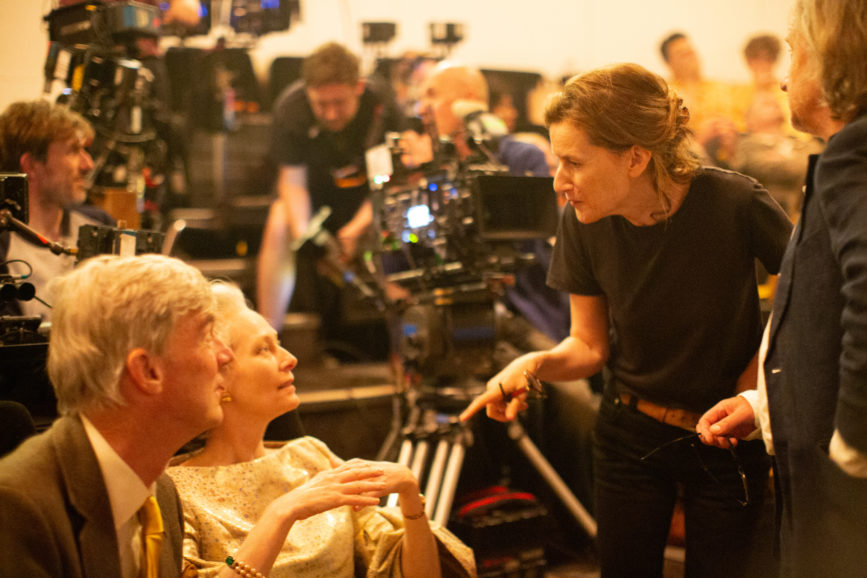
Emphasising the difference between the scenes based around expressionism or realism and handling the multiple layers of the film with care whilst ensuring they felt cohesive when combined was also the focus during the grade at Technicolor, working with colourist Jodie Davidson. “It was crucial the different formats blended together so as to not disrupt the story,” says Raedeker. “It should never be a case of style over content and the audience should never be completely aware of those format changes.”
From the initial meetings about The Souvenir through to the final grade of the stunning sequel, Hogg was “an inspiration” for Raedeker and the crew. “Joanna’s such an inspirational auteur that you can’t help but follow her lead,” he says. “She always goes that step further with our ideas and her way of working through improvisation and creating very authentic characters was a constant source of excitement. While some cinematographers might find this limits what you can plan, it’s also extremely enriching and valuable because it focuses you. It reminds you that you’re the first person to witness a great performance and have direct interaction with what’s happening in front of you.”
